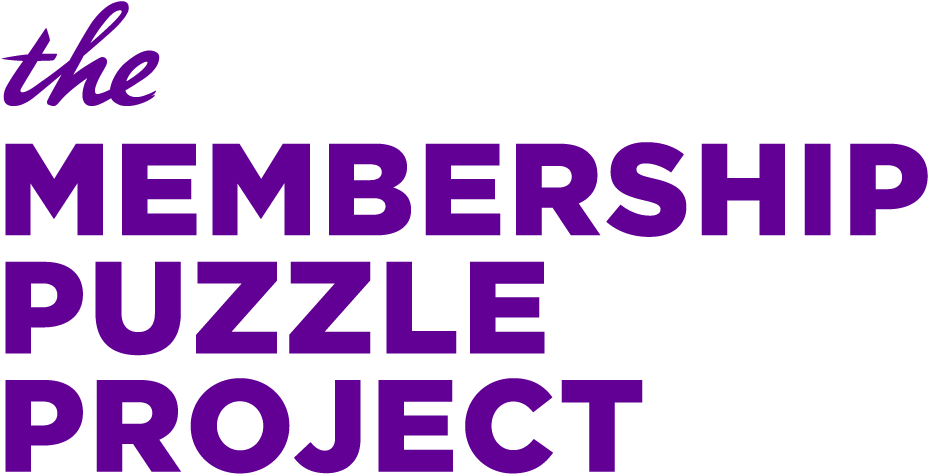Surprise! The news business is in a period of intense turbulence.
Among the deep transformations in the business of news are the rise of behemoth social media platforms that dominate audience attention and shape the fate of many publishers; the destruction of a commercial model for supporting the production and dissemination of news; and the increasing prominence of one-to-one, digitally mediated relationships for sharing information.
Amidst this, we see a long arc of digital transformation that is giving news publishers new tools to identify and build relationships with the audiences they serve. These new forms of engagement are not just suggesting additional revenue streams but redefining the practice of journalism, too.
You can read more in our newly published “Guide to Audience Revenue and Engagement” and join us for a discussion at Columbia University on February 9.
This report draws on in-person and remote interviews with publishers, newsroom staff, and membership directors at nonprofit and for-profit news organizations. The guide is published by the Tow Center for Digital Journalism and the Institute for Nonprofit News with research from our project. It is funded by the Democracy Fund, First Look Media, Institute for Nonprofit News, John D. and Catherine T. MacArthur Foundation, and John S. and James L. Knight Foundation.
We outline how audience revenue and engagement programs that are sustainable and effective feature a combination of powerful journalism, well-served audiences, and revenue generation. Eager for more? You can:
-
Read about the key themes from the report here. While some of these findings may seem obvious to veterans on these topics, this report is aimed at the many publications who are in the early stages of exploring how to use engagement to drive audience revenue.
-
Curl up and read the report in its 60 page entirety. (A Spanish version is here.) In it, we differentiate between three different-but-related models of audience revenue generation:
• A donation model encourages audiences to give their time or money to an institution in support of a common cause or common values. Donation conveys a charitable relationship.
• A subscription model requires audiences to pay money to get access to a product or service. Subscription conveys a transactional relationship.
• A membership model invites audiences to give their time, money, connections, professional expertise, distribution to their networks, and/or ideas to support a cause they believe in.
-
Contribute to the newly opened glossary and resource list from the report, which is editable for public use across newsrooms. Get going—your fellow practitioners thank you!
Elizabeth Hansen is a research fellow at the Tow Center for Digital Journalism and the Shorenstein Center for Media, Politics, and Public Policy. Emily is research director at The Membership Puzzle Project and formerly led audience research in the New York Times newsroom.
Jessica Best, Maaike Goslinga, Gonzalo del Peon, and Leon Postma contributed to this post.
